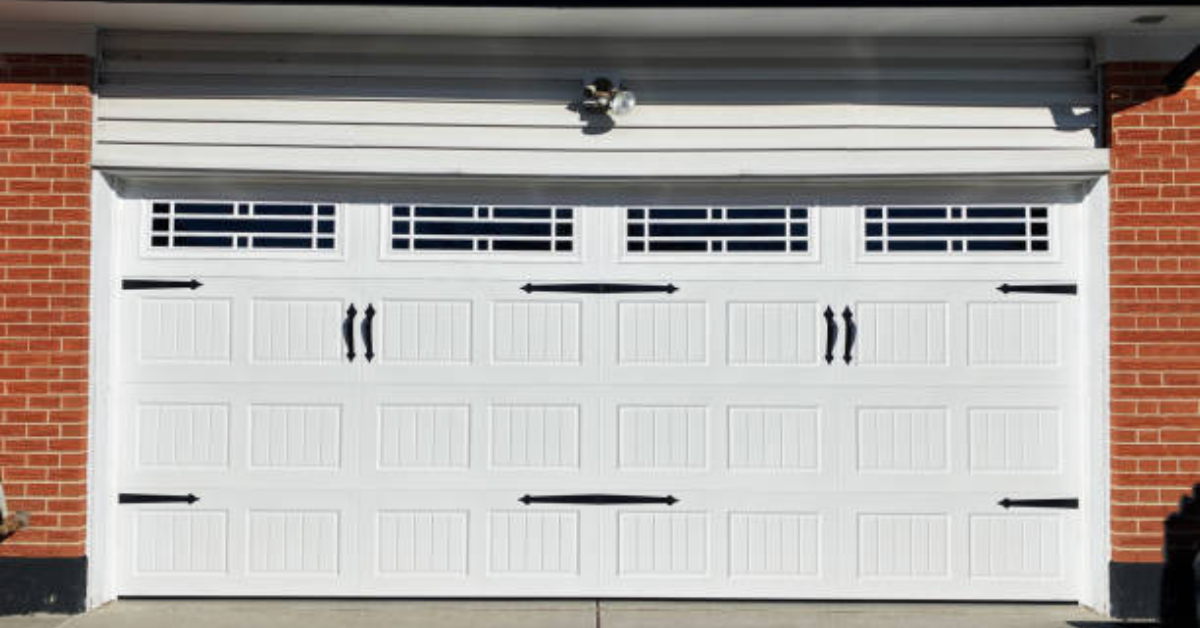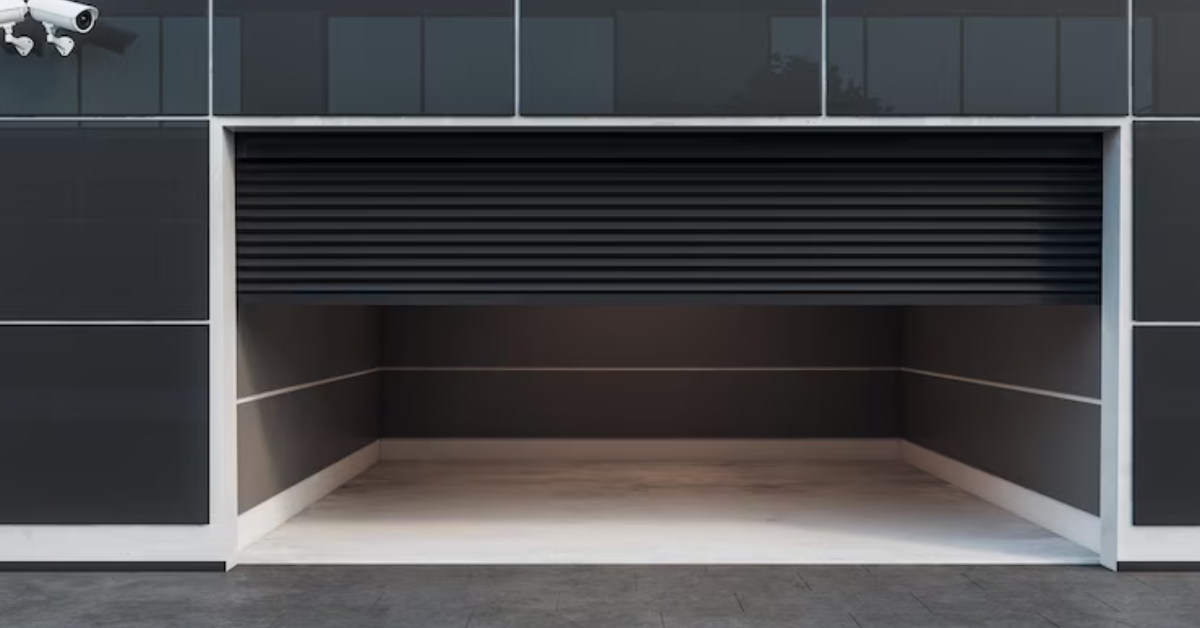How to Measure for a New Garage Door
Getting the measurements right is one of the most important steps when installing a new garage door. Whether you're upgrading for curb appeal or replacing a worn-out unit, knowing how to measure for a new garage door ensures a smooth installation process. Precise measurements help you avoid fitting issues, unnecessary costs, and delays. This step-by-step guide is tailored to help homeowners measure their garage opening correctly and choose the right door for their space.
Why Accurate Garage Door Measurements Matter
Before diving into the measuring process, it’s important to understand why accuracy is key. Garage doors are not one-size-fits-all. A door that’s even slightly too big or too small can result in gaps, poor insulation, or even damage during operation. When you're ordering a custom or standard-size garage door, exact measurements help ensure that your new door fits perfectly and operates efficiently.
Tools You’ll Need
Before getting started, make sure you have a few essential tools on hand:
- Tape measure (preferably 25 feet or longer)
- Ladder or step stool (if needed)
- Pen and paper to record measurements
- Flashlight (for dimly lit garages)
Now, let’s go through each step to measure for a new garage door correctly.
Step 1: Measure the Width of the Garage Door Opening
Start by measuring the width of the garage door opening from the left side to the right side. This is the rough opening width, which typically corresponds to the width of the garage door you’ll need. Make sure to measure at the widest point and write this number down in inches.
Step 2: Measure the Height of the Opening
Next, measure the height from the garage floor to the top of the opening. This is the rough opening height. Most standard garage doors are 7 or 8 feet tall, but you should always confirm this with your own measurement.
Step 3: Measure the Side Room
The side room refers to the wall space on both the left and right sides of the garage opening. This space is crucial for the installation of tracks and other components. Measure from the edge of the opening to the nearest wall on both sides. You’ll typically need at least 3.75 inches on each side for a standard vertical track system.
Step 4: Measure the Headroom
The headroom is the space between the top of the opening and the ceiling (or lowest overhead obstruction). This area is important for the installation of the garage door opener and torsion springs. Standard systems usually require at least 12 inches of headroom, but some low-headroom kits can operate with as little as 6 inches.
If your headroom is limited, make a note of that. There are specific garage door systems designed for low-clearance garages.
Step 5: Measure the Backroom
Finally, measure the backroom, which is the distance from the garage opening to the back wall of your garage. This area must be long enough to accommodate the full length of the garage door when it’s open. As a rule of thumb, the backroom should be the door height plus an additional 18 inches for proper clearance.
Additional Tips for Accurate Measurement
- Always measure in multiple places and use the largest measurement.
- Make sure the floor is level. An uneven floor can affect the accuracy of your measurements.
- Double-check your numbers. Even a small miscalculation can affect the door’s fit.
- If you're planning to install an
automatic garage door opener, consider extra headroom for the rail and motor assembly.
Choosing the Right Garage Door Size
Once you have your measurements, compare them with standard garage door sizes. Single garage doors typically come in widths of 8, 9, or 10 feet, and heights of 7 or 8 feet. Double garage doors are often 16 feet wide. If your garage dimensions fall outside of standard sizes, you may need to order a custom garage door.
When to Call a Professional
While it’s possible to measure for a garage door yourself, consider calling a professional if:
- Your garage has unusual dimensions.
- There are significant obstructions like pipes, beams, or storage systems.
- You’re not confident in your measurements. Professional installers can not only ensure exact measurements but also help you choose a door style and material that best suits your home’s needs and climate.
Final Thoughts
Knowing how to measure for a new garage door is a foundational step that saves time, money, and hassle. Accurate dimensions ensure a perfect fit, smoother installation, and longer-lasting performance. Whether you're replacing an old door or starting a new project, taking the time to measure carefully can make all the difference in your garage door upgrade.
By following these guidelines and understanding what each measurement affects, you’ll be well-equipped to make informed decisions. From improved curb appeal to better insulation and security, the right garage door starts with the right measurements.




